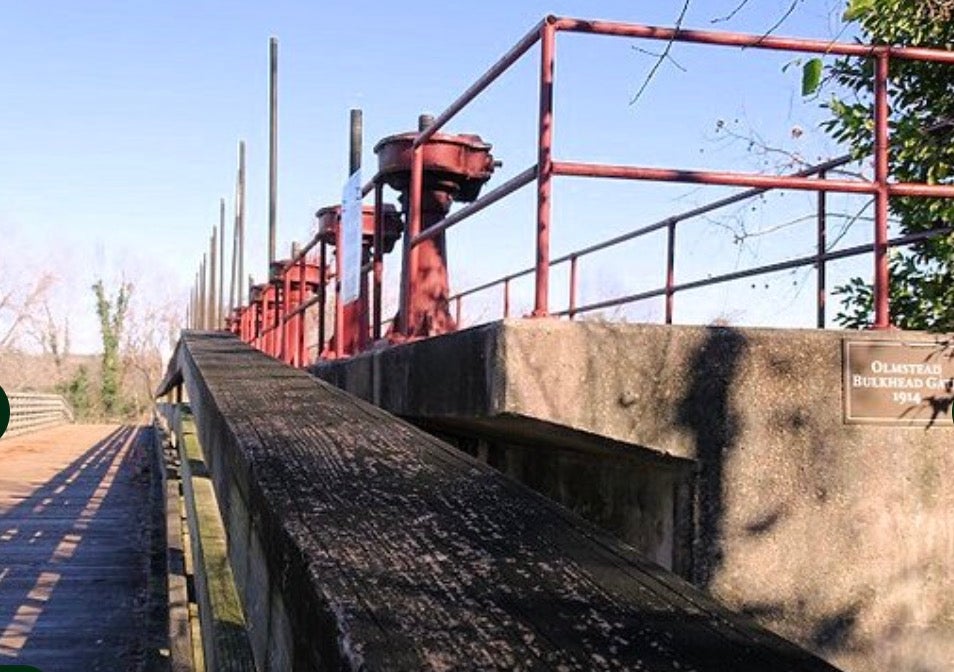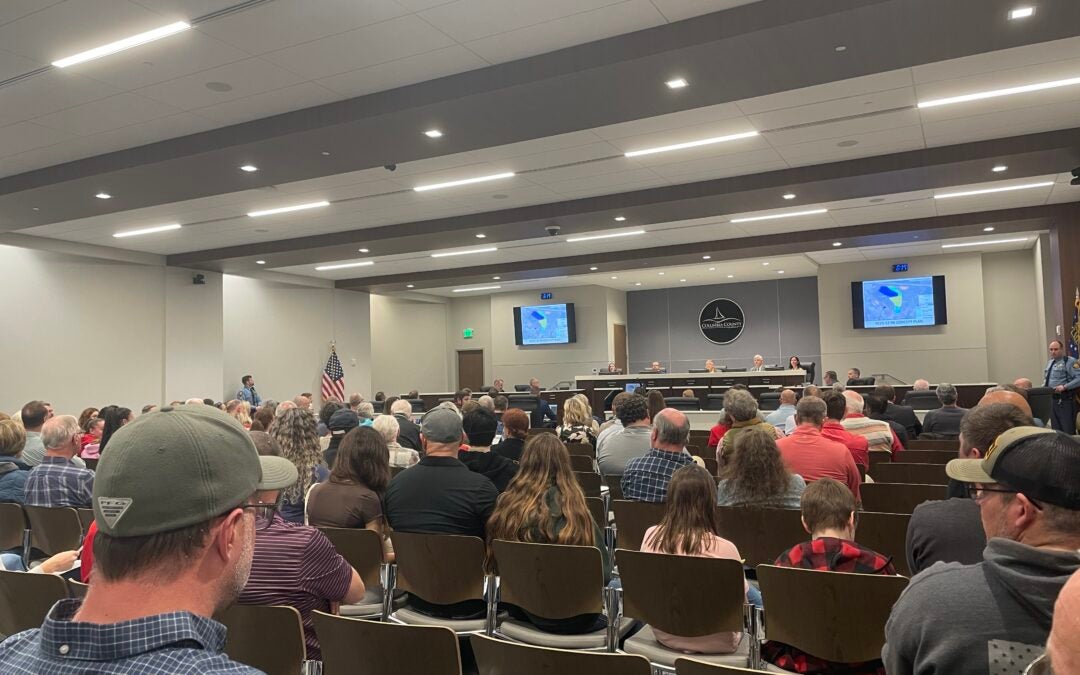For most Augustans and those visiting the city, the Augusta Canal is a unique and almost majestic green space meandering through the heart of the city, providing a host of outdoor recreation experiences atypical of most urban areas.
It is easy for people to forget that this outdoor wonderland and nature preserve’s main task is contributing several very important public works duties by providing clean drinking water to a majority of the city’s homes and businesses while also being the final failsafe in preventing devastating flooding from the Savannah River.
In fact, the last big flood that occurred in 1990 only happened because city maintenance crews failed to close the gates in time to stop the rushing water from breaching the banks, causing tens of millions of dollars in damage.
According to the New Georgia Encyclopedia, 180 years after its initial construction, the Augusta Canal is the only industrial canal in the American South that still fulfills its original purpose.
Therefore, it is important that we remind the public of canal’s life supporting role in the community so that people understand that the combined $24 million request for SPLOST IX funding is not for vanity projects such as the addition of more dogwoods and azaleas or foot bridges, although those would be welcome additions as well.
If the ask makes it to the final ballot, the $24 million will be used to replace the bulkhead gates at Lake Olmstead, where Rae’s Creek joins the canal, and for the Utilities Department to perform water and sewer infrastructure maintenance on issues discovered during ongoing Transportation Investment Act sales tax projects.
Out of all the infrastructure outlays being proposed, the canal projects should be right at the top of the priority list.
City leaders have long treated the canal as the area’s red-headed stepchild and for decades the commission has only grudgingly allocated monies for maintenance claiming that the Canal Authority gets plenty of funding from the federal government.
We wish that were the case, but the truth is that federal money barely helps cover the cost of maintaining a seven-mile long controlled waterway, adhering to costly regulations and environmental laws while guaranteeing safe fresh water and electricity production for the local population.
The work being proposed is merely a sliver of the full scope of work that is badly needed to ensure the waterway remains functional for another 180 years.
The massive “diversion dam” at the headgates of the canal has undergone a multitude of patch-work jobs since the dam was built in 1845. This is not a modern dam by any stretch of the imagination; it was built primarily with sunken logs and concrete, much like the city of Venice.
In 2008, former Commissioner Andy Cheek led an inspection of the diversion dam with members of the Richmond County Dive Team. The inspectors found evidence of where the wood had rotted away in several areas, causing fears of an eventual collapse.
According to Cheek, who admittedly had a penchant for the dramatic, some of the holes were large enough to fit a VW Beetle.
While the commission and community continue to wrangle over what will make the final cut of the upcoming $1 billion SPLOST package, it is important for those of us with an understanding of the canal’s importance to the community to make certain these projects make it on the Nov. 4 ballot.








